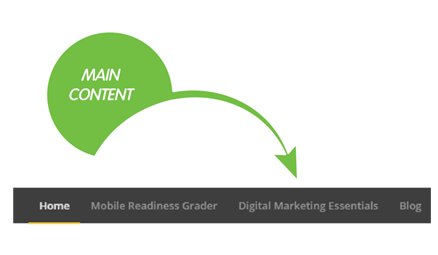USA
32 East 57th Street, 8th Floor
New York, NY 10022
USA
Phone 646.453.7550
CANADA
250 Wincott Drive,
Toronto, ON M9R 4C8
Canada
Phone 416.815.8000
Tested Landing Page Elements Guaranteed To Improve Conversions
A landing page is a page on your site that matches up and answers a particular user query in an authoritative, trustworthy, and helpful way. Bottom line – it is a relevant search result when when people are looking for something using the Google search bar.
Put another way, a landing page is simply the place where traffic lands on your site after having come from some other site or search engine results page. In most cases this traffic will come from Google or some other search engine but not always. Also, your home page may be the most popular landing page on your site, but it’s not the only page they will arrive to.
Most of the time a landing page is a page that is designed to serve a certain purpose. This purpose is often to drive sales through online conversions, but can also be to inform and entertain people or attempt to interact with them.
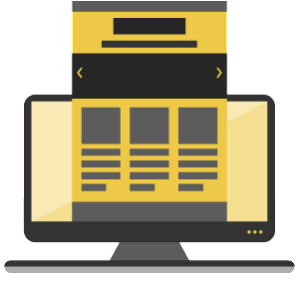
Having a well designed landing page is especially important for paid search. If you are paying to have targeted visitors to your site, you should design every page with an end goal in mind. That end goal can be a user performing some desired action, or becoming a resource for information, or something else but whatever your goal is the page should be designed to perform it.
Something to note: Your page should be helpful and useful to people, not built for robots. If it is helpful Google will view the content as more valuable.
If you are designing a landing page to use with paid search, the utility of the page is important because you want it to perform whatever specific action is required in your marketing effort. Utility is the most important aspect of search engine quality for paid and organic search, and is therefore the most important thing for you to think about when designing landing pages. If your page is useful, it will get ranked higher.
The other major factor in designing a landing page is user intent. You must take into account the query, and the likely user intent of that query when designing a landing page. When designing a landing page, it is a good idea to design for one or both of the following:
Action intent – Users want to accomplish a goal or engage in an activity, such as download software, play a game online, send flowers, find entertaining videos, etc. These are “do” queries: users want to do something. The goal or activity may be to download, to buy, to obtain, to be entertained by, or to interact with a resource that is available on the Web.
Information intent – Users want to find information. These are “know” queries: users want to know something. The goal is to find information. Helpful pages have high quality, authoritative, and comprehensive information about the query.
So bottom line, a landing page is a page on your site that matches up and answers a particular user query in an authoritative, trustworthy, and helpful way.
Now that you have an idea of why people are coming to your page (you built it to be a helpful and useful page that is attempting to accomplish a goal), lets look at the elements one by one

10 Tested Landing Page Elements Guaranteed To Improve Conversions
Your logo serves several functions on a landing page. First, it is there to establish trust. Any reputable brand has a well designed logo displayed prominently. This logo also serves another purpose as part of your main site content. In order to establish your overall website as a reliable source of information, trustworthy, and useful, having the ability to go to the home page of your website by clicking on the logo is a key part of a good landing page.
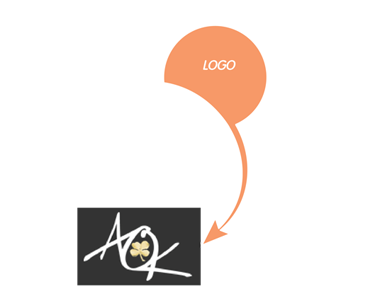
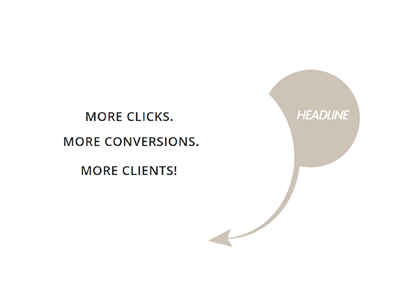
Your logo serves several functions on a landing page. First, it is there to establish trust. Any reputable brand has a well designed logo displayed prominently. This logo also serves another purpose as part of your main site content. In order to establish your overall website as a reliable source of information, trustworthy, and useful, having the ability to go to the home page of your website by clicking on the logo is a key part of a good landing page..

The offer on your landing page is very important especially if you’re trying to incite some particular action from your site visitors. Creating a sense of urgency, giving special discounts, or simply stating what the people will get by accepting your offer are all common ways to state an offer..
Descriptive copy on the landing page is vital and important for variety of reasons. You should remember the end goal for Google is to provide results that are helpful and useful in match up to a users search query. Text on the page that the Google bot can read is important to make sure that you are delivering an adequate landing page experience for your end-users.
Text on the page that describes what the page is about helps real people, not just robots, utilize the page more effectively and get the information that they are seeking. This creates a better overall user experience. More text will keep users engaged and hopefully enable them to spend more time on your site (which is again a positive indicator from a Google perspective on page trust).
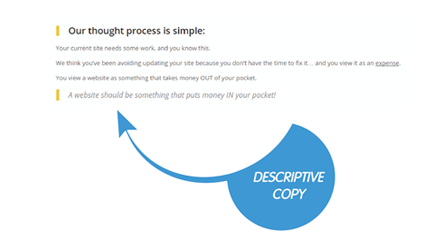
The first thing you must do is determine what your page is about. If you are selling a particular product or service then you should have a prominent and attractive product picture on that page. Images are high converting assets on any landing page, and enables a better user experience. However Google can’t read images. For the Googlebot you have to make sure you’re utilizing proper alt text, labeling, and captioning your pictures so that Google can recognize what the photo is about. Even if you aren’t trying to sell a particular product or service you should still include relevant images for a better user experience.
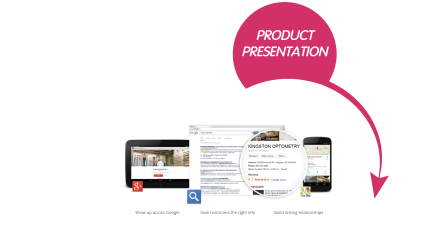
Your landing page should be designed for your users to perform some particular action. This may be to participate in a discussion, sign up for a newsletter, submit a quote request, or something else. Whatever your measurement of success is, the more obvious and clear that you can make this desired action the better. Multiple calls to action are very important if the user must scroll down to see more of your descriptive text and product images. A good rule of thumb is you should have one call to action for each screen size when scrolling down.
A note on buttons: Some call to action buttons have been so overused that people just don’t even notice them anymore. We recommend action based words in your call to action buttons, something like “Get Started” is a good example of text you can use. Also, a contrast color. It doesn’t have to be a specific color, just something that is really obvious and stands out against the rest of the page.

Trust and confidence building elements are some of the most important items on your landing page. This secondary content is important both from a machine perspective as well as end-user perspective.
From a machine perspective Google will trust third-party reviews before it trust’s the information on your site or landing page. Every site says it is great, but if you can link out to third-party citations and references this makes that age all stronger from a Google perspective.
Also from an end-user experience perspective having well known company logos and testimonials with information provided about some happy customer experiences goes a long way when trying to sell a product. The vast majority of product research for online purchases is now done on third-party sites and social networks. The more times that you and your products are mentioned in a positive way on 3rd party sites such as Google Plus / Google My Business or Yelp, the better.
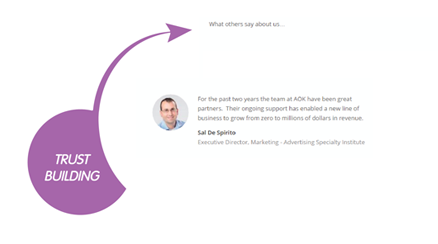
Contact information is very important from a landing page perspective as part of your main content on your website. This is also a trust building element that you should use to help gain the visitor’s trust and the machine’s trust. It should clearly outline who you are, what your website is about, and the fact that you are actually a legitimate business.
Contact information such as clearly defined hours of operation, store locations, and multiple contacts at your company is key in establishing good rapport and earning a good reputation online.
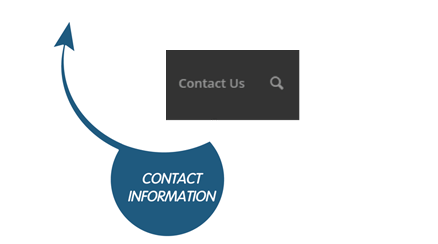
Circling back around to the original design and purpose of your page from a Google perspective, having helpful links out to more information is key for Google to establish whether or not your pages are helpful, useful, and authoritative.
Some companies and people will advise you not to have anything on your landing page other than simply the call to action that they want you to perform. They tell you DO NOT have any other links on your page to other site content. This indicates a number of things to Google, the most important of which is the fact that the site is trying to manipulate the end-user into a particular action. This is an issue from an end user perspective and a machine perspective.
There’s nothing more annoying than getting to a page that you may be potentially interested in and then not being able to learn anything else about the company from that page. There’s nowhere to go and that point your only option is the back button. The back button is the enemy of all online marketers, it means you’ve failed in accomplishing your goal, especially if you’ve paid for someone to come to your landing page. That’s like getting kicked when you’re down.

Main site content is important from a user experience perspective. An example of some template elements are the top navigation bar or the footer on your website. These link to more information internally as well as other information such as your privacy policy, your returns information, or your customer service information. These elements are key in Google establishing how trustworthy and good your website is and are especially important if your site is something that involves transactions. For example a shop, or online store, or some other utility that will separate the users from their money. In these cases having easy to find contact information and secondary elements is also very important.
